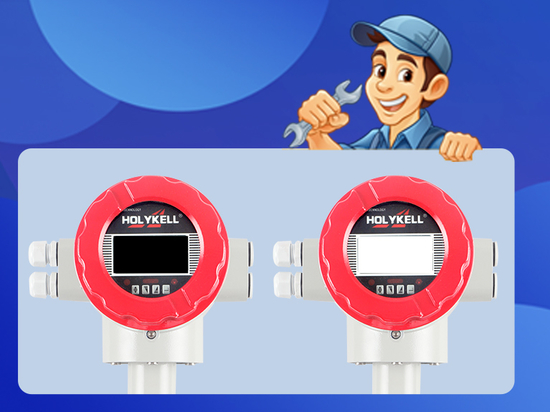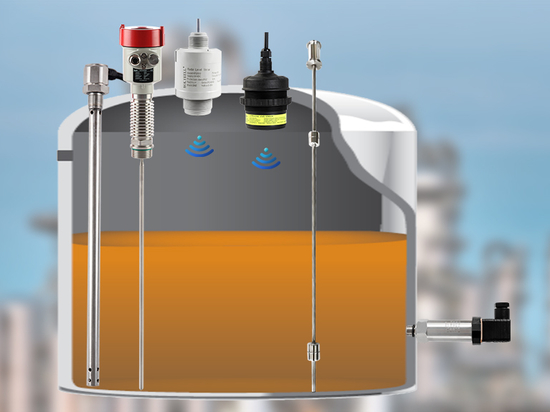
#Industry News
Why Does A Magnetic Flow meter Need Grounding?
Electromagnetic Flowmeter
The correct installation and grounding of magnetic flowmeter is directly related to the accuracy and stability of the measurement.
Importance of Magnetic Flow meter Grounding
Since the measuring electrode in the magflow meter is in a DC or AC electric field, if its environment cannot be effectively shielded in an interference-free condition, it will seriously interfere with the measurement. The induction signal of the magnetic flowmeter itself is very weak and is easily affected by noise. Therefore, it requires a reliable grounding, otherwise interference current will be generated.
How to Correctly Ground Magnetic Flowmeters?
1.When installed on metal pipes
When the electromagnetic flowmeter is installed on a metal pipe (no insulating coating on the inner wall of the metal pipe), connect the metal pipe to the magnetic flowmeter, and then connect the grounding wire to the grounding grid.
2.When installed on non-metallic pipes, there are three main grounding methods:
A.Use a grounding ring
Install grounding rings on the flanges at both ends of the lined measuring tube. The purpose is to reliably and stably connect the conductive liquid as the reference point of the differential potential signal to the converter. The signals are connected to form a similar or approximately equal potential to the liquid. The ground ring material is generally the same or similar to the electrode material to ensure corrosion resistance.
There are three main types of grounding rings: normal type, neck type and protective type. Generally, we use normal grounding rings; protective types are fixed on the flange to protect the flange surface lining from damage; if the medium is highly abrasive, neck type of protective grounding rings should be used.
B.Use grounding electrodes (three electrodes)
When measuring highly corrosive media, the electrode materials of magnetic flowmeters often use precious metals such as tantalum, titanium, and platinum. Since the material of the ground ring is generally required to be the same as the electrode, it is not suitable to add a ground ring for such flow meters, especially for large diameters, the cost is too high. Therefore, in order to save costs, magnetic flowmeters generally use a three-electrode method for grounding, that is, at the lowest point where the sensor measurement tube is perpendicular to the measurement electrode, an additional electrode (the same material and size as the measurement electrode) is added to achieve a grounding effect.
C. Virtual grounding
With the development of technology, a new grounding technology, virtual grounding, has been applied to magflow meters in recent years. By providing isolation of the flow converter input amplifier and the optocoupler in the circuit, the measurement circuit is allowed to float at the potential of the liquid, and the flow rate of the conductive liquid produces an induced voltage only when flowing through the flow sensor. This special processing of the converter signal allows the flowmeter sensor to be grounded for normal operation, reducing installation and eliminating the cost of additional grounding rings or third electrodes.
Precautions
1.The magnetic flowmeter must be grounded separately, because if it is grounded together with other instruments or electrical devices, the leakage current in the grounding wire will cause series-mode interference to the measurement signal. In severe cases, the flowmeter will not work.
2.The grounding point should be far away from large electrical appliances to prevent ground current from flowing into the flow meter and causing interference sources.
3.Never damage the electrodes and rubber lining inside the flow meter when welding.
4.When installing the flow meter, rubber gaskets should be added between flanges to prevent water leakage.
You can contact us for more technical documents of magflow meters.





